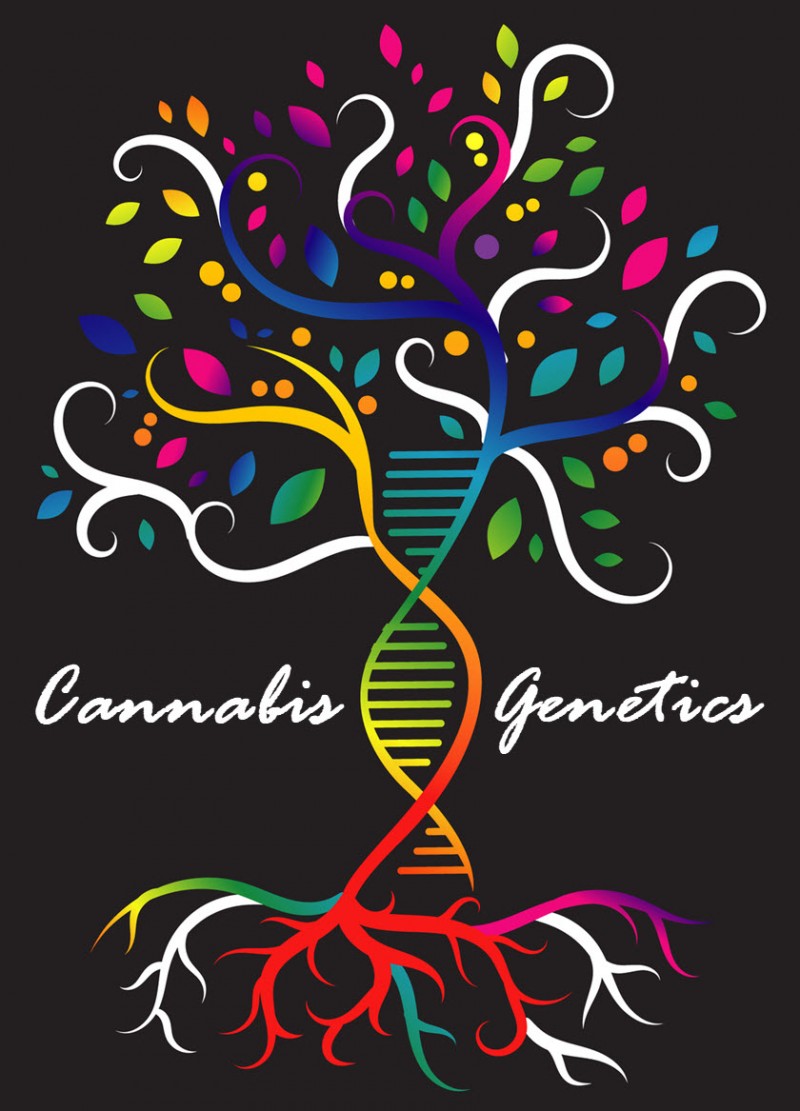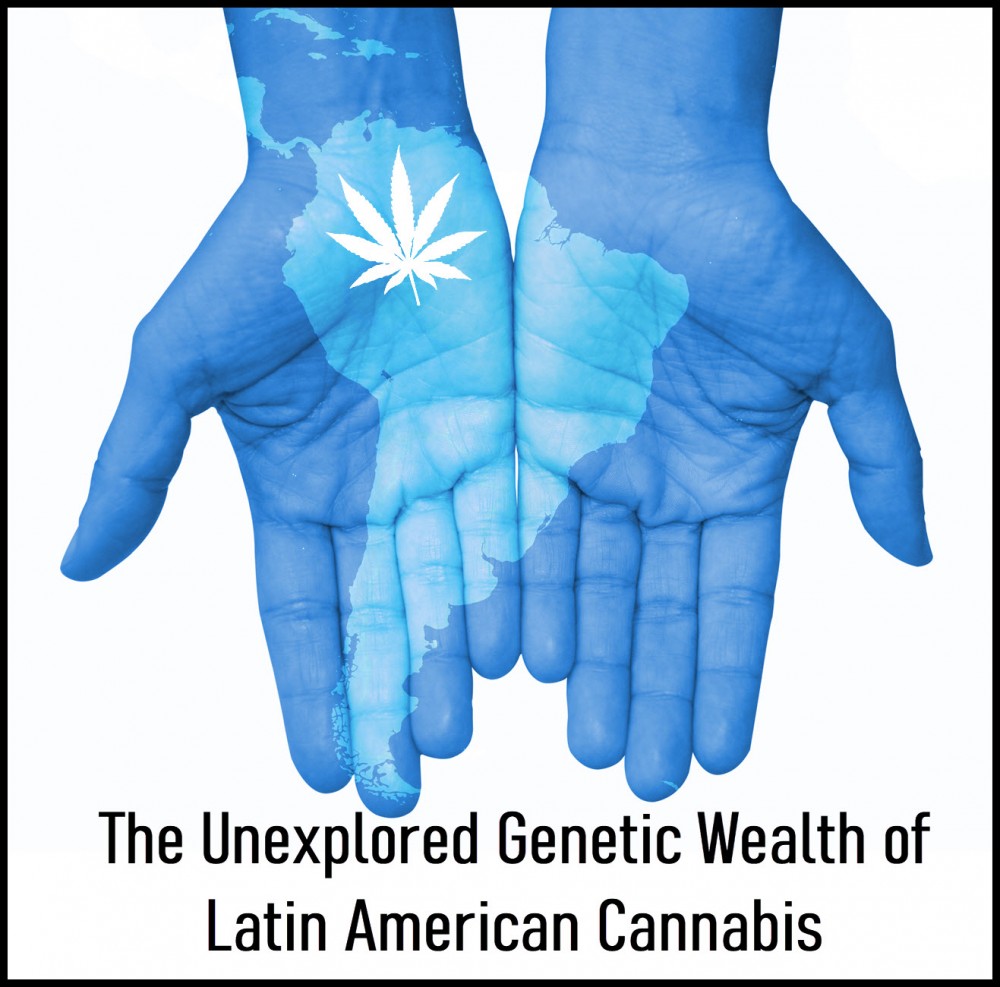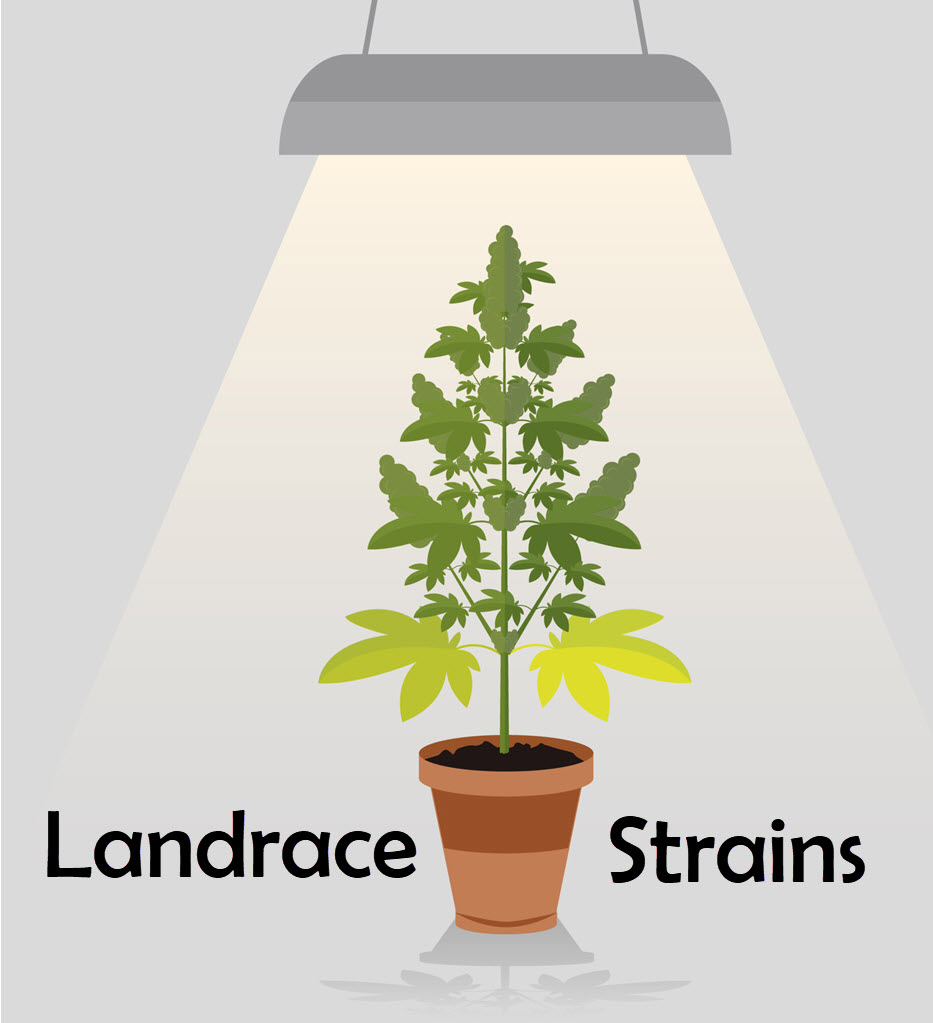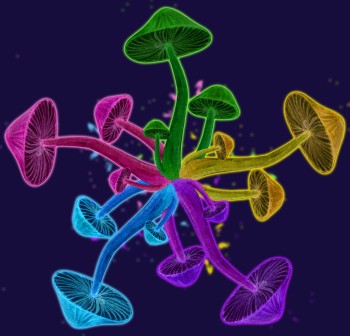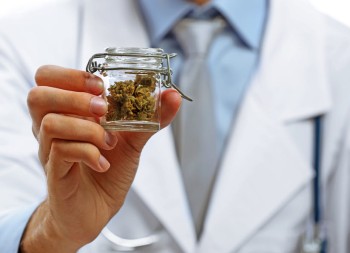Cannabis Genetics 101
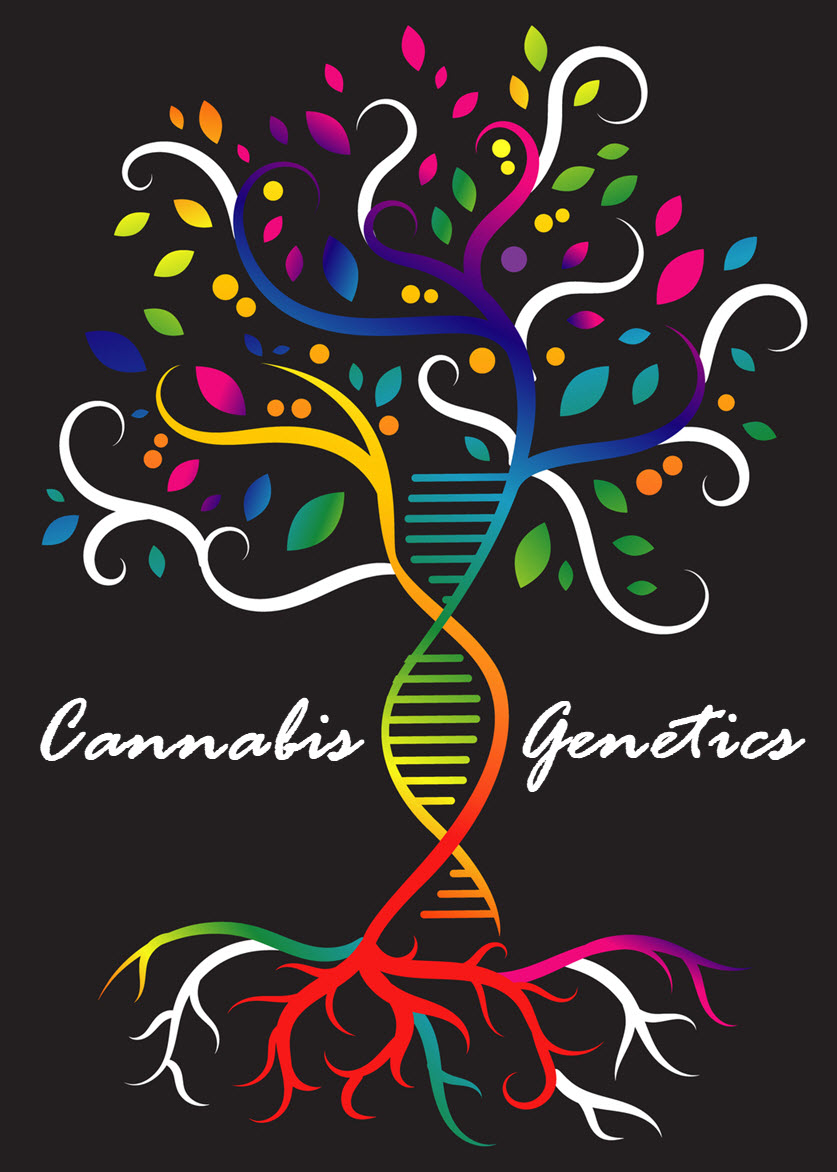
From the cannabis plant’s roots to its leaves, to its levels of THC and CBD, and even to its terpenes and flavonoid content, all relate to its genetic code. And although we’ve come a long way in terms of discovering the many different ways that cannabis can heal and enhance the health of humans, understanding the complexities of cannabis’ genetics is a decidedly tougher nut to crack. But that’s not to say we haven’t tried.
What we know
Like humans, cannabis has a diploid genome, in that the plant has two sex chromosomes. However, unlike humans that have 46 chromosomes, cannabis only has 20. Each pant cell nucleus has nine autosomes and a pair of sex chromosomes: X and Y, or male and female, like humans. While fascinating, this fact actually makes it harder for breeders to create consistent strains. In fact, most seed breeders don’t even attempt. Creating a stable genetic line, aka a hybrid, is enough for most. Those hybrids make up a large number of popular strains that are on the market and are grown today.
In addition, the idea that there are different species of cannabis has been heavily contested. Today, most scientists agree that all forms of marijuana belong to the Cannabis sativa L. species. A good way of looking at it is by looking at ourselves. All living humans are part one species: Homo sapiens. However, even though we’re from the same species, the genetic variations are seemingly endless. Just as environment and a range of different factors contribute to the different ways humans look and act, the same can be said for the cannabis plant.
But we may be getting closer to understanding this wonder plant’s genetic map.
In 2018, a group of scientists from leading genetic institutions in the US, including the universities of Harvard and Minnesota, the Craig Venter Institute, and Sunrise Genetics Inc., published a paper in BioRxiv that shed light on the ancestral links between different cannabis cultivars. It revealed that high CBD plants were created when hemp-like and marijuana-type cannabis cultivars were hybridized. The map was made up of almost 25,000 genes found in 10 chromosomes, from three different cultivars: a high CBDA strain, a high THCA strain, and hemp. The study provided valuable information for growers and breeders that may help them develop bespoke varieties of cannabis.
CEO of Sunrise Genetics, CJ Schwartz, told Marijuana Venture that the findings will allow researchers to coordinate data for finding important genes that demonstrate specific traits. He went on to say, “The impact on the community and the sophistication of cannabis research and development will be substantially changed, bringing cannabis to the same level as other economically lucrative crops.”
This will help cannabis breeding evolve into a more tailored and scientific process, allowing breeders to single out specific traits and develop them as strains with higher levels of favored cannabinoids, whether THC or CBD.
The world of cannabis genetics is incredibly complex, but one way of getting a grip on it is by understanding the language used to describe different breeding methods and the terms used to describe varieties. Here’s a crash course on some of the more common terminology used:
Phenotype - This pertains to the observable characteristics of the cannabis plant, such as its height, shape, appearance, aroma, etc.
Genotype - This pertains to the set of genes in a cannabis plant.
Landrace - These are varieties that originated from places where cannabis grows wildly, and has been for centuries or longer. Examples of these come from the banks of the Yangtze River in China, valleys of Himalayan and Hindu Kush mountain ranges, and the Takla Makan desert in Central Asia.
Heirloom - Unlike landrace, heirlooms do not grow in the wild. These are varieties that have been planted and harvested in crops by humans for generations.
F1 - First generation hybrid. The result of breeding two completely different genetic strains.
IBL - Inbred line. The result of generations of hybridizing a specific lineage, producing a different family of strains. Examples of IBL include Northern Lights, Maui Wowie, and Blueberry.
Poly-hybrids - These are the result of breeding completely different hybrids with one another.
Backcrosses - This entails taking a hybrid strain and breeding it back with the original parent.
Selfing - When a mother plant is pollinated by herself. Special chemicals are used on female plants to create stress, which results in the plant producing male flowers. The male flowers are then used to breed with the original mother plant. This is done to feminize strains and preserve the strain’s genetics.
Conclusion
While this article may only scratch the surface of the complicated world of cannabis genetics, with prohibition continuing to be repealed in the US and around the world and more research, like the study published in 2018, being done, we’ll undoubtedly continue to see more studies that will provide crucial insight into fully understanding this life-saving plant.
MARIJUANA PLANT GENETICS, READ MORE...
WHAT ARE LANDRACE STRAINS OF CANNABIS, READ MORE.
OR..
GENETICS AND LATIN AMERICAN STRAINS OF CANNABIS, CLICK HERE.

